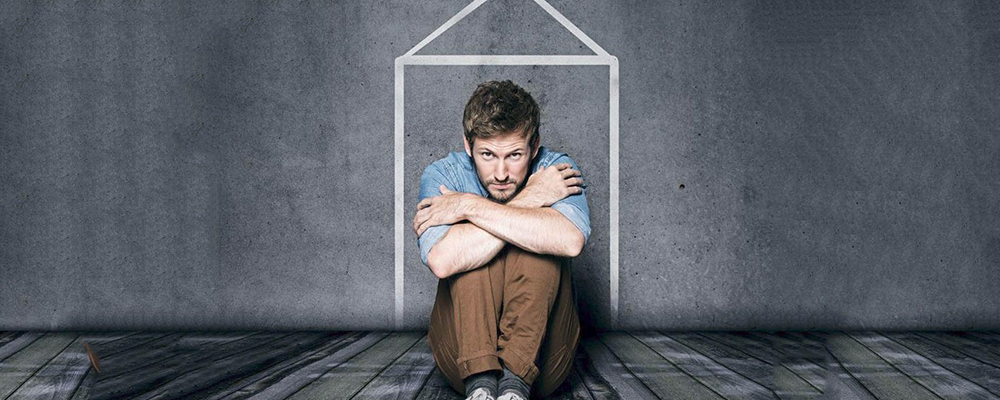
All you need to know about Claustrophobia
Claustrophobia is an irrational fear which is caused by an illogical and severe panic of confined and busy places. This can be triggered by being in some specific situations such as being in a windowless room, in a crowded elevator or even driving in a crowded highway. Claustrophobia is one of the most common fears. If you are affected by this disorder you would always feel that you are in danger of a harmful attack. For some people, this disorder would disappear all of a sudden. While for others, treatment is needed to fight against it and to cure it. In this article, we will tell you all you need to know about this fear.

Symptoms of Claustrophobia
Symptoms of Claustrophobia usually appear after a sudden disaster .For example, being in a closed-door room or in a crowded place. Symptoms may vary according to the extent of your fear:
- Sweating
- Shaking and trembling
- Blinking fast
- Feeling of fear
- Anxiety
- Difficulty in breathing
- Accelerated heart rate
- Feeling of pain and tightness in the chest
- Nausea
- Numbness and dizziness
- Confusion or disorientation
Those who suffer from Claustrophobia, should avoid being in situations such as:
- Small windowless rooms
- Small cars
- Using MRI scanners or CT scans
- Crowded areas such as parties and concerts
- Airplanes, subways, elevators or cars especially in traffic jams
- Trying clothes in shops
- Caves, small and dark places such as tunnels
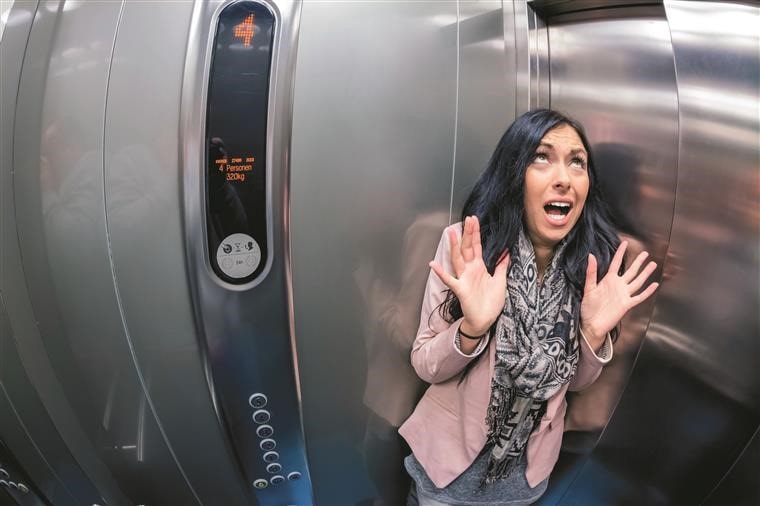
Causes of Claustrophobia
There is a little information about what causes this fear, but many believe that environmental factors play an important role here. Claustrophobia usually develops during patient’s childhood or teenage years. This phobia can be related to dysfunction of the amygdala (which is a part of the brain that controls our processing of fear).
The phobia can be triggered by traumatic events, such as:
- being stuck in a close or crowded space for a long time
- experiencing turbulence (problems or difficulties) during flights
- being punished in a small space, such as a bathroom
- being stuck in traffic
- being left in a tight space, like a closet, by accident
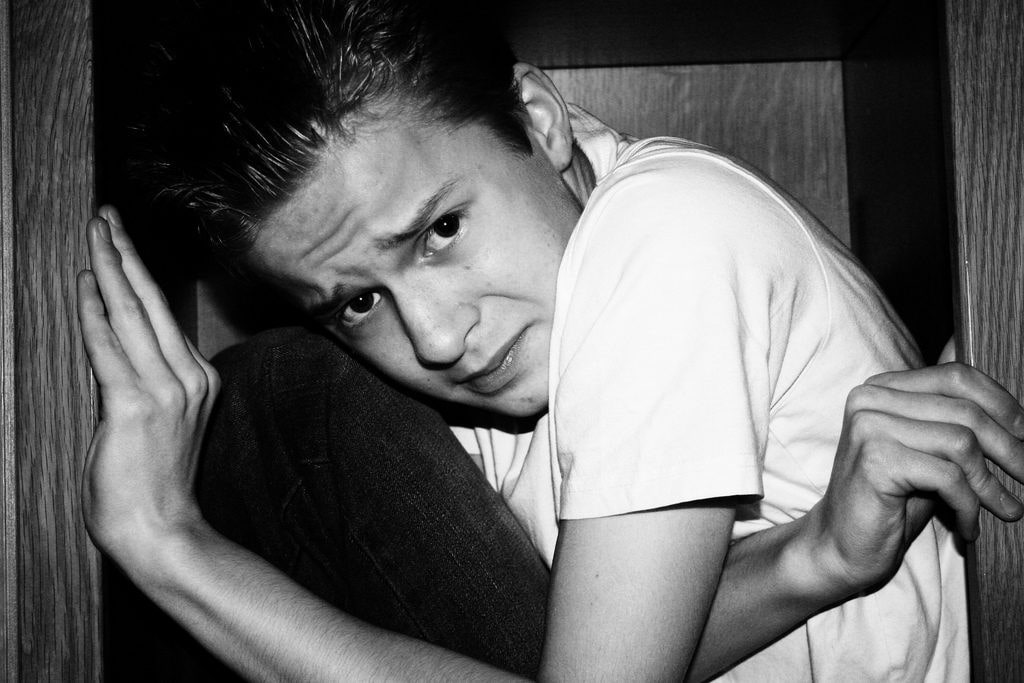
Diagnosis of Cluastrophobia
If you have persistent symptoms, you have to visit a doctor. It is better not to postpone diagnosis till your symptoms get serious and overwhelming. An early diagnosis can provide you the opportunity of managing the situation and healing faster and easier.
Treatment for Claustrophobia
Claustrophobia is mostly treated by psychotherapy. Different methods and types of consultations can help you to overcome your fear and manage your situation. You sould consult with your doctor to choose the best type of therapy according to your situation. Treatment may include any of the following methods:
- Cognitive behavioral therapy :A cognitive behavioral therapist teaches you how to control your negative thoughts which are aroused in situations that trigger you and also teach you how to change them, you can also learn to change your reactions in response to these situations.
- Relaxation and visualization: Therapists offer you different relaxation and visualization techniques so that you can use them once you are in a stressful situation. These techniques may include exercises, such as counting down from 10 or trying to picture a safe space. These techniques will help you to calm your nerve.
- Exposure therapy: This therapy is used to treat anxiety disorders and phobias. In this method, you will be exposed to a non-dangerous situation which triggers you to face your phobia and overcome it. The idea behind this method is that the more you face situations that scare you, the less you will be afraid of them.
- Medication: Your doctor may presciribe anti-anxiety or antidepressant medications which can help you to treat your panic and physical symptoms.
Summary:
Claustrophobia or fear of enclosed spaces is one of the most common fears which can be triggered due to being in a small crowded space. Since it will be triggered by being in a special situation, this fear is known as one of the irrational fears. Using antidepressant medication, cognitive behavioral therapy and getting help from relaxation and visualization techniques can have beneficial impact on reducing the feeling of fear in those who face this phobia.


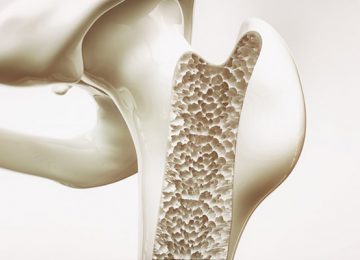
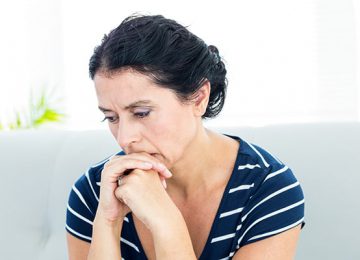


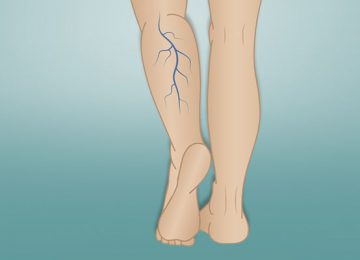




Reviews
Number of pending reviews15163